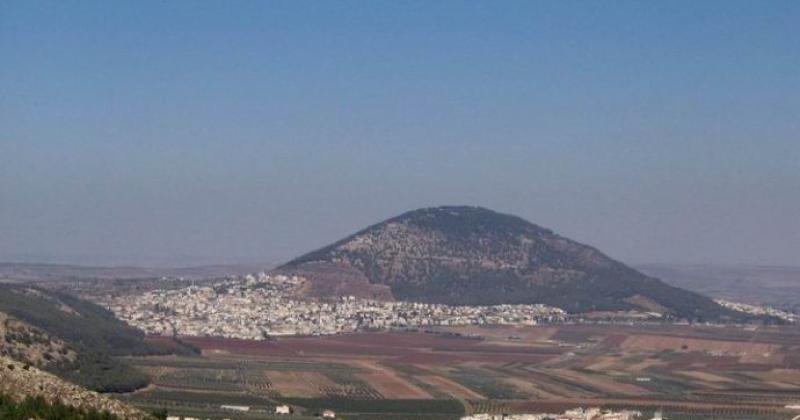Lent continues! Its rhyme and rhythm rolls on, with us, without us, or in spite of us. Where are we with our Lenten observance? Is the season passing us by?
On this Second Sunday of Lent, our Gospel reading moves us from last week’s account of the desert - with its wild animals and temptations - to the glory of the Transfiguration of Jesus on Mount Tabor. Every year, this same process is followed by the Church: from the desert to the glory. There is an obvious teaching contained in the flow of these Gospel selections.
While this fluidity can be described in many ways, let’s take it from the perspective of the Lord Jesus’ Beatitudes. As the Beatitudes serve as an interior biography of Jesus himself, they also serve as a way of life for all human beings who are bold enough to slow down, break the monotony, look up and around, and live in an active relationship with God and their neighbor.
With this in mind, the desert strips us of false stability and creature comforts. We are forced to encounter ourselves, with all our brokenness, inadequacies, and weaknesses. It’s not fun. It’s a real destitution of our hearts, a true experience of a poverty of spirit. We hit the wall with the radical realization: We stand with empty hands in this life. We confess: “I’m not enough for me. Nothing in this world is enough for me. I need God and other people.”
This stark revelation is how we enter a new way of life. In Biblical language, it’s a journey into a “kingdom,” a new state of being.
Okay, but is that it? We acknowledge that we’re impoverished and dwell in such a state through the decades of our life? Such a proposal doesn’t sound very attractive or life-giving. What happens after we enter this kingdom?
After our time in the desert, we are invited to the mountain top. We are called to see the beauty, splendor, and goodness of life and its Creator. Through a poverty of spirit, we are given freedom from the pettiness, whims and trends of our world. We are shown a broader picture and can place all things, even suffering and evil, into a magnificent tapestry of human existence and eternal life.
It’s precisely this glory and its disclosure of eternity that strengthens us to confess the darkness and helplessness that we’ve seen in ourselves. It’s the assurance of love and divine acceptance that empowers us to acknowledge our offenses and sins. And so we move, by an interior logic, from a poverty of spirit to a sorrow over sin.
Our verbiage deepens from “I need God and my neighbor” to “I am sorry for the harm I have caused to my relationship with God and my neighbor.” By extension, we grieve over the sins of others and the evil in our world. Rather than being caught up only in ourselves, our life begins to match the broadness of the glory we’ve been shown.
We are sorrowful not only over our own plight but over the plight of others. We feel a solidarity within the human family and we care for those who are caught in evil or who are suffering from it.
We think of the tragedies of war and terrorism, human trafficking, the scourge of abortion, the redefinition of marriage, school shootings, drug and alcohol abuse, domestic violence, poverty, racism, and the widespread removal of God from the public square. Knowing the glory of God and his creation, we are led to mourn as we see the false kingdom of darkness overshadowing the world.
We are also attentive to the many evils of our world, such as natural disasters like hurricanes, fires, earthquakes, and tsunamis, as well as sicknesses, like cancer or dementia, which are beyond our control. We can find ourselves turning to God and asking, “Why is this happening?” as we try to make sense of the shock and sorrow in our souls.
And so, it is precisely our willingness to accept, feel, and integrate a sorrow in our souls over such fallenness that allows us to appreciate and cling to the glory that we’ve been shown. The glory that we know is behind, below, above, and all throughout the sorrows and sufferings of the human family.
We allow, as an extension of our poverty of spirit, for these very evils to compel us into a sense of mourning and to a more profound awareness of the glory shown to us.
And so, our second step summons, “Blessed are those who mourn, for they will be comforted,” stands as one lesson flowing from the glory of the Transfiguration. It’s a lesson that can help us make a better Lent, live a deeper life, and see a brighter future.
